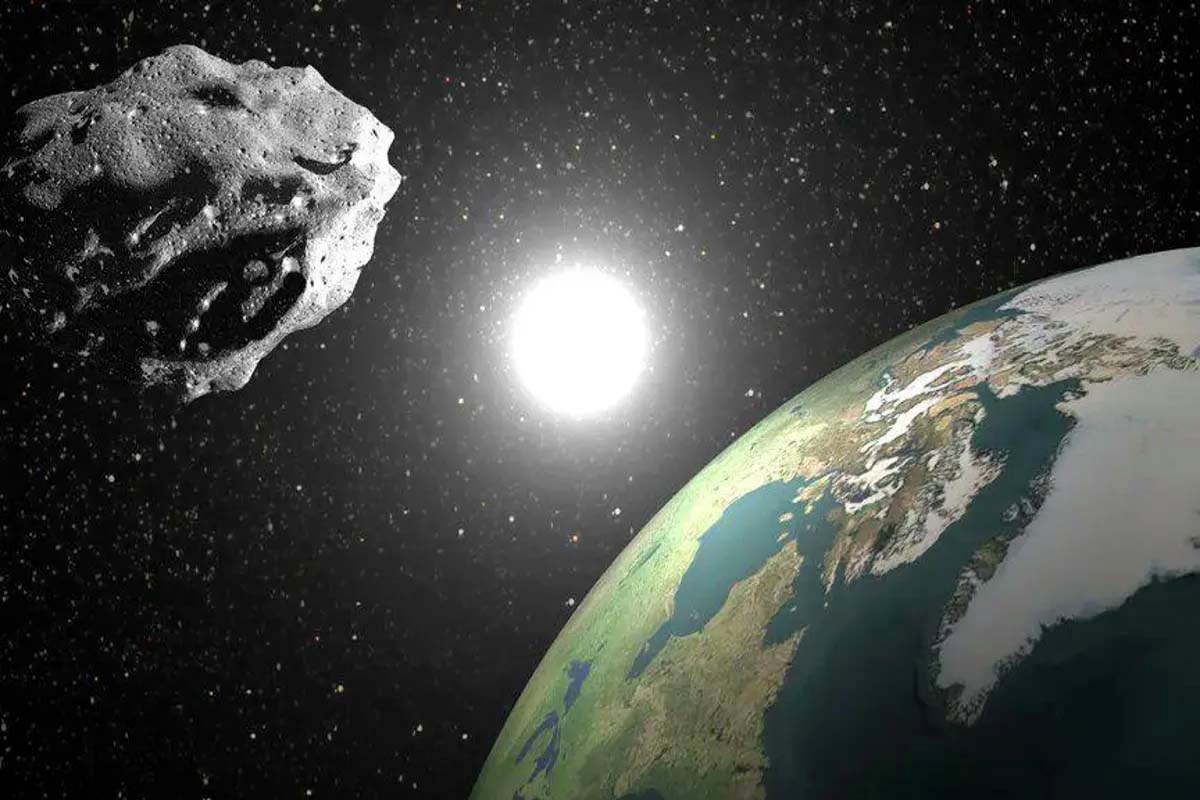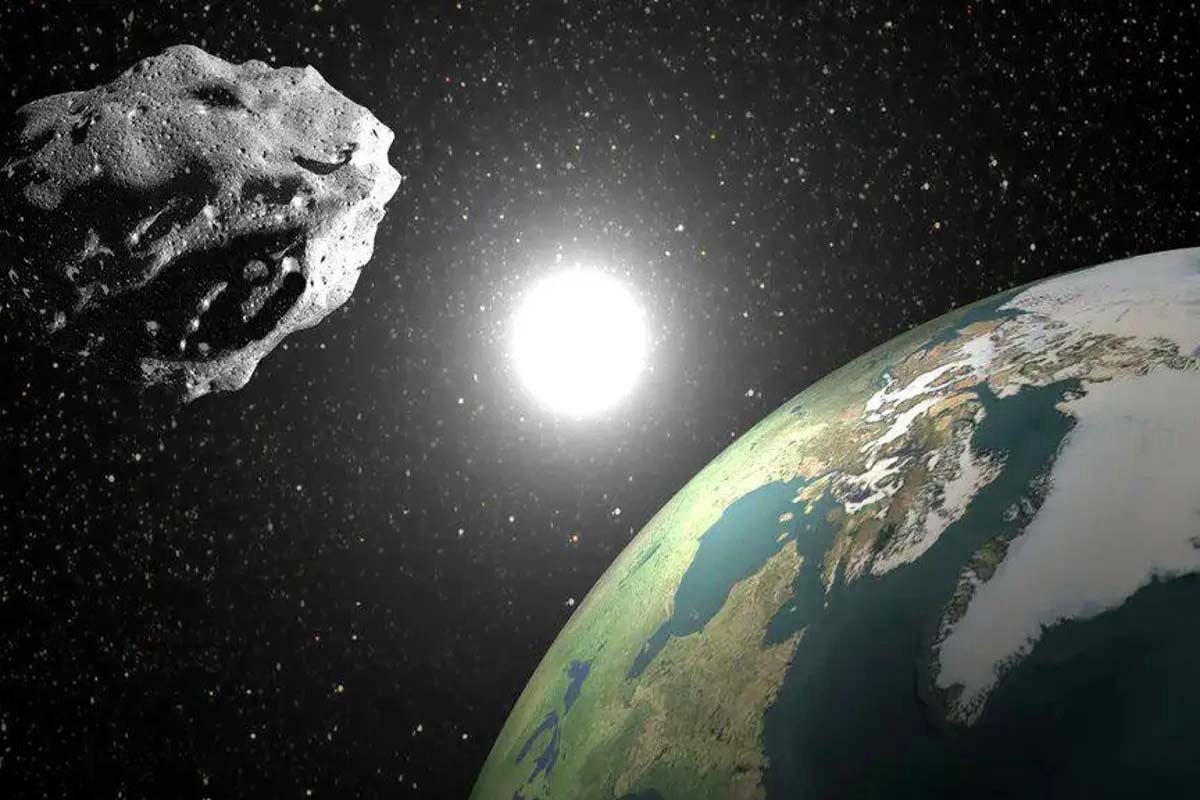Earth and its “second moon”: asteroid 2025 PN7 explained

Recently, information circulated claiming that Earth might have a second moon, generating surprise and excitement among astronomy enthusiasts. However, the reality is different. It is not a natural satellite like the Moon, but an asteroid known as 2025 PN7, classified by astronomers as a quasi-moon.
A quasi-moon is a rocky object that shares a planet's orbit around the Sun, but is not gravitationally bound to the planet as the Moon is. These bodies temporarily accompany Earth on its journey around the Sun and then continue on their own.
Asteroid 2025 PN7 was first detected by scientists at the University of Hawaii. It measures between 18 and 26 meters in diameter and is expected to continue orbiting Earth until 2083. Although it has been dubbed the "second moon" by popular media, NASA has not issued an official statement classifying it as such.
Calculations indicate that 2025 PN7 has been in Earth orbit since 1960 and will make its natural exit in 2083. Its distance varies widely: at its closest approach, it has been about 4 million kilometers from Earth, while at other times it has been more than 17 million kilometers away.
Earth already has several known quasi-moons, such as Kamo'oalewa and 2023 FW13. These objects are often difficult to detect due to their small size and low luminosity. 2025 PN7 joins this list of temporary bodies that accompany the planet for limited periods.
Unlike the Moon, which is firmly bound to Earth by gravity and has been our satellite for billions of years, quasi-moons are temporary objects. They do not orbit Earth permanently, and their presence is ephemeral in astronomical terms.
The study of these bodies allows astronomers to better understand the orbital dynamics of near-Earth objects, the formation of quasi-moons, and potential collision risks. It also contributes to the identification of bodies that could be explored by future space missions.
Although the term "second moon" can be confusing, asteroid 2025 PN7 is a fascinating example of the complexity of the solar system. Understanding the difference between a natural satellite and a quasi-moon helps us appreciate the scientific precision behind these astronomical observations.
La Verdad Yucatán





